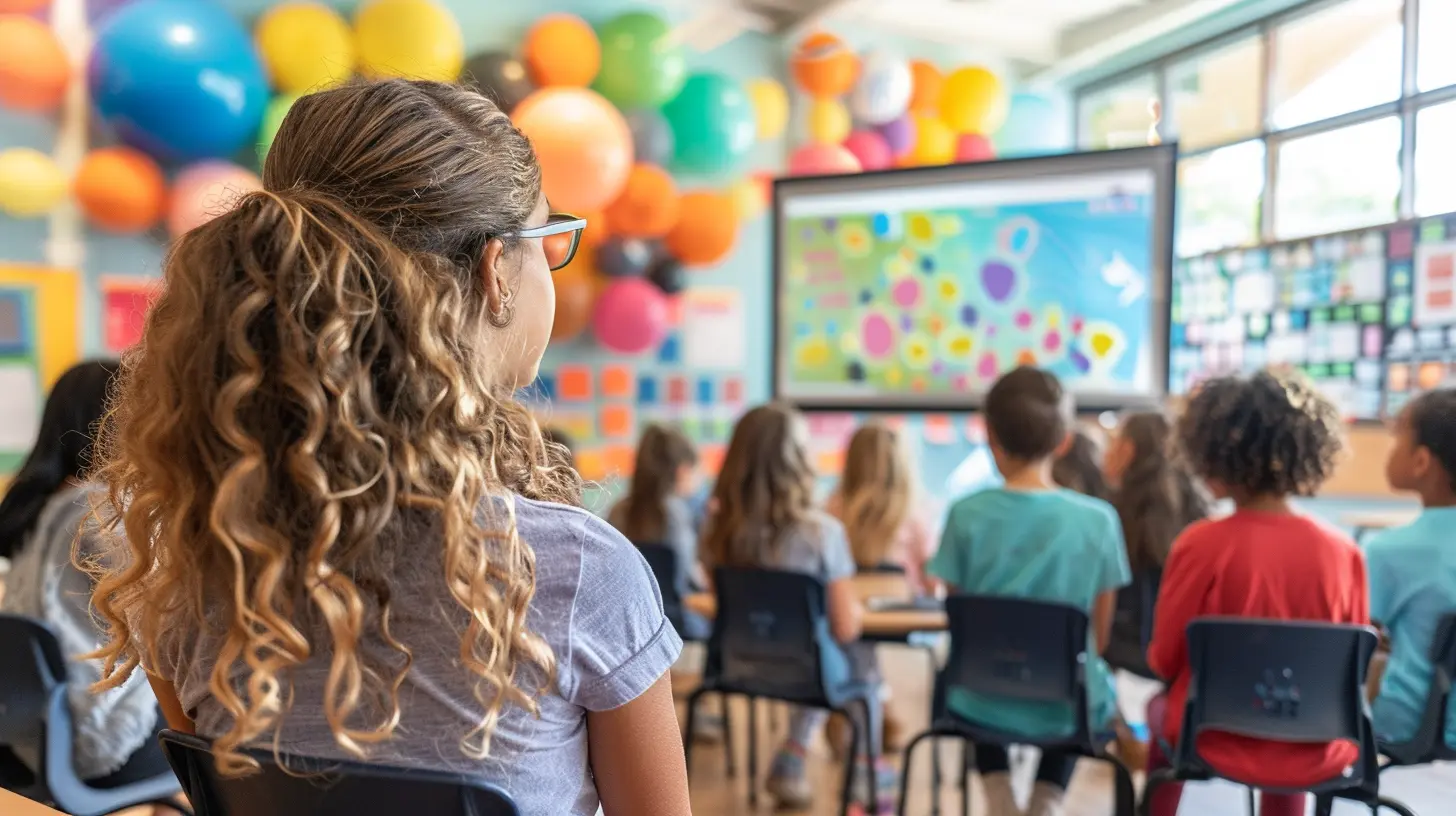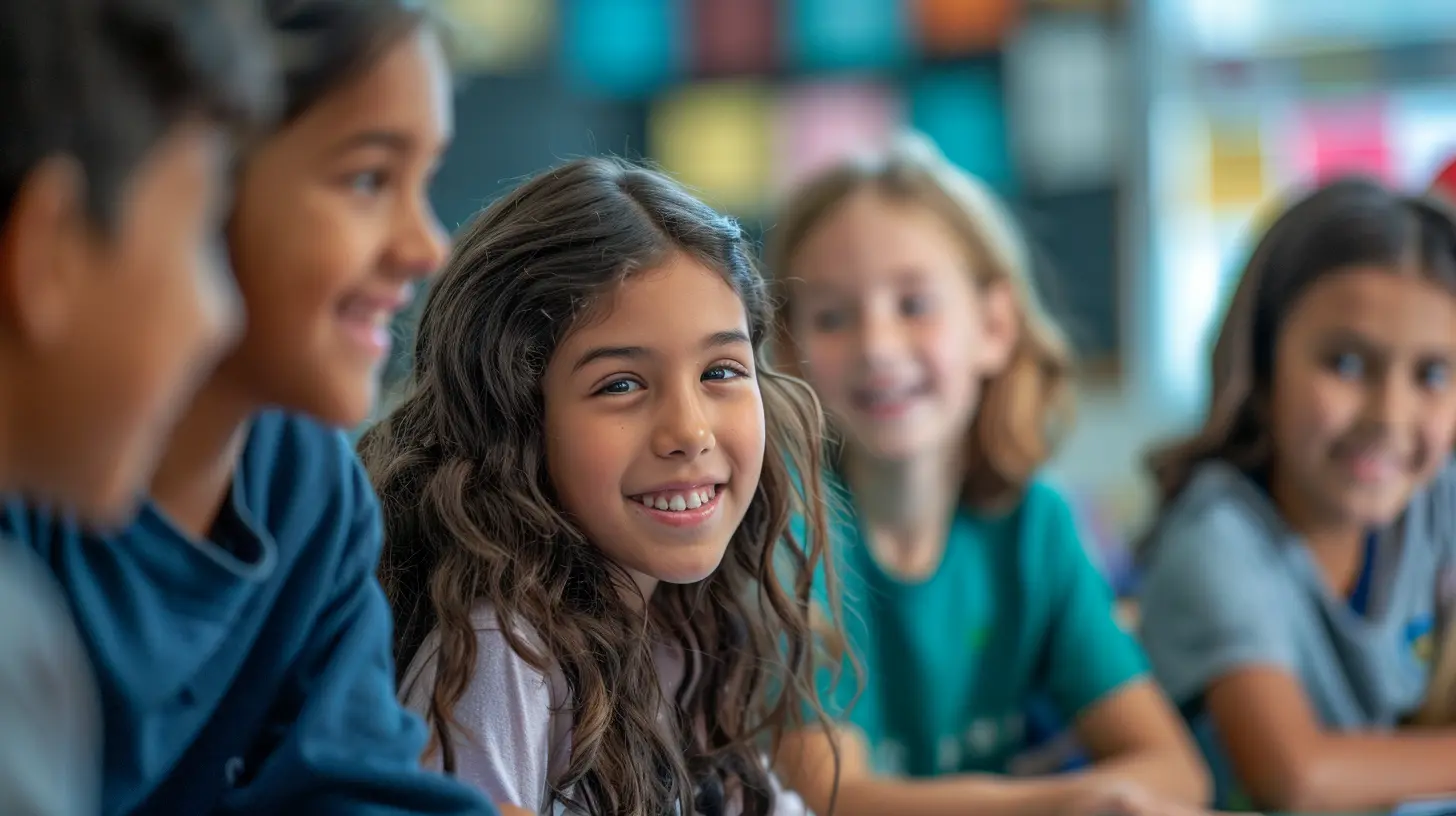16 April 2025
Education has come a long way from the days of rote memorization and one-size-fits-all teaching methods. Today, classrooms are evolving, and one powerful approach leading this change is collaborative learning. But what exactly does it mean, and why is it making such a big impact?
In this article, we’ll dive into the benefits of collaborative learning, how it transforms the classroom experience, and why it’s an essential skill for the modern world.

What Is Collaborative Learning?
Before we get into the details, let’s break it down. Collaborative learning is a teaching method where students work together in groups to solve problems, complete tasks, or understand new concepts. Instead of passively listening to a lecture, students actively participate, share ideas, and challenge each other’s thinking.This approach fosters teamwork, communication, and critical thinking—skills that are crucial not just in school but in real life as well. Think about it: in most careers, you’ll need to collaborate with others. Why not start honing that skill early?

The Shift from Traditional to Collaborative Learning
Traditional learning often focuses on individual achievement. Students work alone, complete assignments independently, and compete for the best grades. While this system has its advantages, it doesn’t always reflect the real world, where teamwork is often necessary.Collaborative learning, on the other hand, shifts the focus from competition to cooperation. Instead of working in isolation, students engage with one another, share knowledge, and build on each other’s ideas. This creates a more dynamic and engaging learning environment.

How Collaborative Learning Transforms the Classroom
So, how exactly does collaborative learning change the classroom experience? Let’s explore its impact in detail.1. Encourages Active Participation
Ever noticed how students often tune out during long lectures? That’s because passive learning can be, well, boring. Collaborative learning flips the script by encouraging students to actively engage with the material.When students discuss and debate concepts with their peers, they’re more likely to retain information. Plus, they gain a deeper understanding of the subject rather than just memorizing facts for a test.
2. Develops Critical Thinking Skills
In a collaborative setting, students don’t just accept information at face value—they question, analyze, and challenge ideas. This process fosters critical thinking, a skill that’s incredibly valuable in both academics and everyday life.For example, imagine a history class discussing the causes of a major war. Instead of simply reading from a textbook, students engage in a debate, considering different perspectives and forming their own opinions. This kind of learning sticks with them far longer than memorizing dates and names.
3. Builds Stronger Communication Skills
Effective communication is the key to success, no matter the field. Collaborative learning forces students to articulate their thoughts, listen actively, and respond thoughtfully.Think about it: when students work on group projects, they must express their ideas clearly, negotiate differences, and find common ground. These are essential skills they’ll use throughout their lives.
4. Boosts Confidence and Self-Esteem
Speaking up in class can be intimidating, especially for shy students. However, in a supportive group setting, students often feel more comfortable sharing their thoughts. This small but significant change helps build confidence over time.When students realize their opinions are valued and heard, they become more willing to participate. This newfound confidence extends beyond the classroom, preparing them for future challenges.
5. Promotes a Sense of Community
Classrooms that use collaborative learning tend to feel more like communities rather than isolated individuals working toward a grade. Students develop empathy, learn to respect different perspectives, and establish meaningful relationships with their peers.By working together, they create a supportive environment where everyone feels included and motivated to succeed. And let’s be honest—learning is way more fun when you’re part of a team!
6. Prepares Students for the Real World
In most jobs, working in a team is the norm. Whether you’re in business, healthcare, engineering, or the arts, collaboration is essential. Schools that emphasize teamwork and problem-solving better prepare students for the realities of the professional world.Employers highly value employees who can work well with others, communicate effectively, and think critically. By practicing these skills early on, students gain a head start in their future careers.

Strategies for Implementing Collaborative Learning
Now that we understand the benefits, let’s talk about how educators can implement collaborative learning effectively.1. Group Projects
Assigning group projects encourages teamwork, problem-solving, and creativity. These projects can range from research assignments to hands-on activities like building models or creating presentations.2. Peer Teaching
Students learn best when they teach others. Encouraging peer teaching allows students to explain concepts in their own words, reinforcing their understanding while also helping their classmates.3. Think-Pair-Share
This simple yet powerful technique involves three steps:- Think: Students consider a question individually.
- Pair: They discuss their thoughts with a partner.
- Share: The pair presents their ideas to the class.
This method ensures every student participates while reinforcing the learning material.
4. Discussion Circles
Creating small discussion groups where students analyze a topic allows for deeper engagement. These discussions can be structured (with guiding questions) or open-ended to encourage free thinking.5. Problem-Based Learning
Give students real-world problems to solve together. This method not only enhances collaboration but also helps students apply their knowledge in practical situations.Challenges and How to Overcome Them
While collaborative learning has many benefits, it does come with challenges. Some students might dominate discussions, while others remain passive. Here’s how to tackle these issues:- Encourage equal participation: Assign roles within groups to ensure everyone contributes.
- Set clear expectations: Define objectives and responsibilities at the beginning.
- Monitor progress: Check in with groups to provide guidance and keep them on track.
- Create a safe environment: Foster respect and inclusivity to make students feel comfortable sharing their ideas.
Final Thoughts
Collaborative learning is more than just a teaching method—it’s a game-changer in education. By transforming classrooms into vibrant, interactive spaces, it prepares students for both academic success and real-world challenges.When students work together, they don’t just learn facts; they develop skills that will serve them for life. They become better thinkers, communicators, and problem-solvers—and isn’t that the ultimate goal of education?
So, whether you're a teacher, student, or parent, embracing collaborative learning can lead to a richer, more engaging educational experience. After all, learning is better when we do it together!




Calyx Vaughn
Thank you for sharing these insights on collaborative learning! It’s fascinating to see how such approaches can enhance student engagement and foster critical thinking. I'm particularly interested in how teachers can effectively implement these strategies in diverse classroom settings. Looking forward to more discussions on this topic!
April 18, 2025 at 7:59 PM